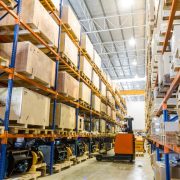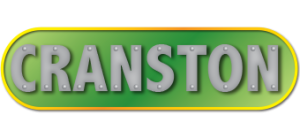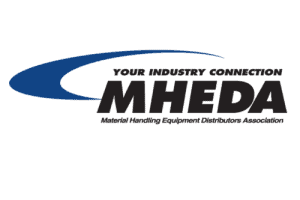How The New Tax Law Impacts Your Material Handling Project
President Trump signed the Tax Cuts and Jobs Act of 2017 into law in December. This is one of the most comprehensive overhauls of the US Tax code that has occurred within the last 30 years and contains significant changes in individual and corporate tax rates. This new law is likely to have an impact on all businesses in some way, including impacting the material handling industry.
Corporate Tax Rate
This new law will lower the corporate tax rate of roughly 35% down to a flat rate of 21% for all corporations. This significant reduction is likely to help U.S. corporations gain a better position on the world stage. It may also encourage companies to manufacture their goods in the U.S., which will greatly benefit the material handling industry.
Pass-Through Company Tax Rates
For companies set up as LLCs, S Corporations or Sole Proprietorships, this new law will also help provide relief. Unlike corporations, owners of pass-through companies are required to pay taxes from business income and expenses on their personal tax returns. With many third-party logistics (3PL) companies being structured this way, this will have an impact on many of those in the material handling industry.
Their tax burden is reduced because the new law works to significantly reduce most individual income tax rates, along with a 20% deduction on qualified business income. It is estimated that pass-through companies can expect a decrease in their income tax rate from 40% to roughly 30%.
Equipment Cost Deductions
With this new tax law, companies will also be allowed to fully deduct the cost of their equipment purchases in the first year the equipment is placed into service. For example, if a food manufacturing company purchases a new oven for $1,000, they can deduct 100% of oven’s cost from their taxes once the new oven is placed into service. If their tax rate is 21%, they will gain a tax savings of $210.
Another benefit of this tax law is that it also allows companies to write-off eligible used machinery that is new to the taxpayer, allowing the company to get bonus depreciation for the equipment if it is new to them. Before the new tax law, the equipment had to be brand new to qualify.
2017 Equipment Purchases
This new law also contains a provision that allows companies to claim the new 100% expense deduction for equipment that was placed into service after September 27th, 2017. It is recommended that companies evaluate the equipment they put into service in the fourth quarter of 2017. These potential tax savings could lead to more funding of additional investments in 2018.
Limitation on Interest Deduction
This new law limits a company’s ability to deduct interest. The new law caps it at 30% of the company’s EBITDA (earnings before interest, taxes, depreciation, and amortization). This limitation means if a company is highly leveraged, the company’s ability to deduct interest could be limited, which could increase the amount of tax the company would pay.
Before this law, there was no limitation, so it is essential to keep in mind how this may affect a company’s ability to invest in new equipment.
Family Leave or Sick Leave Tax Credit
Many may be unaware that this new tax law also contains a provision for a tax credit if a company has family leave or sick leave program. If a company has a family or sick leave program where they pay their employees at least 50% of their regular wage, the company can receive a tax credit for a portion of the wage when an employee is out for family or sick leave. This provision applies to both corporations and pass-through businesses.
Unchanged Tax incentives Important to the Material Handling Industry
Even though the new tax law did make many significant changes, a few items benefiting the material handling industry that remain unchanged. One provision that was not changed by the new tax law is the LIFO (last in, first out) inventory method that provides a tax benefit to companies who have a rising cost of goods. The research and design credit is another provision that was not modified by the new tax law, providing tax relief to companies who develop new processes and products.
Economic Activity Related to Material Handling Equipment
The US economy is growing at a rate of 2%, while the material handling industry has been growing rapidly and has far surpassed the growth of other sectors in recent years. An example of this growth is the rise in conveyor equipment orders over the last two years. According to CEMA, these orders have risen by over 40% in 2017 when compared to 2016. This growth is mainly due to system orders that allow companies to better adapt to and accommodate growing numbers of e-commerce orders, indicating that material handling industry will continue to grow.
The specific impact of the new tax law on any one business is unknown, but with the new deductions and incentives, companies will be able to reinvest their tax saving into their businesses.
It seems that the new tax law will offer a variety of benefits that may play a role in helping companies grow.








